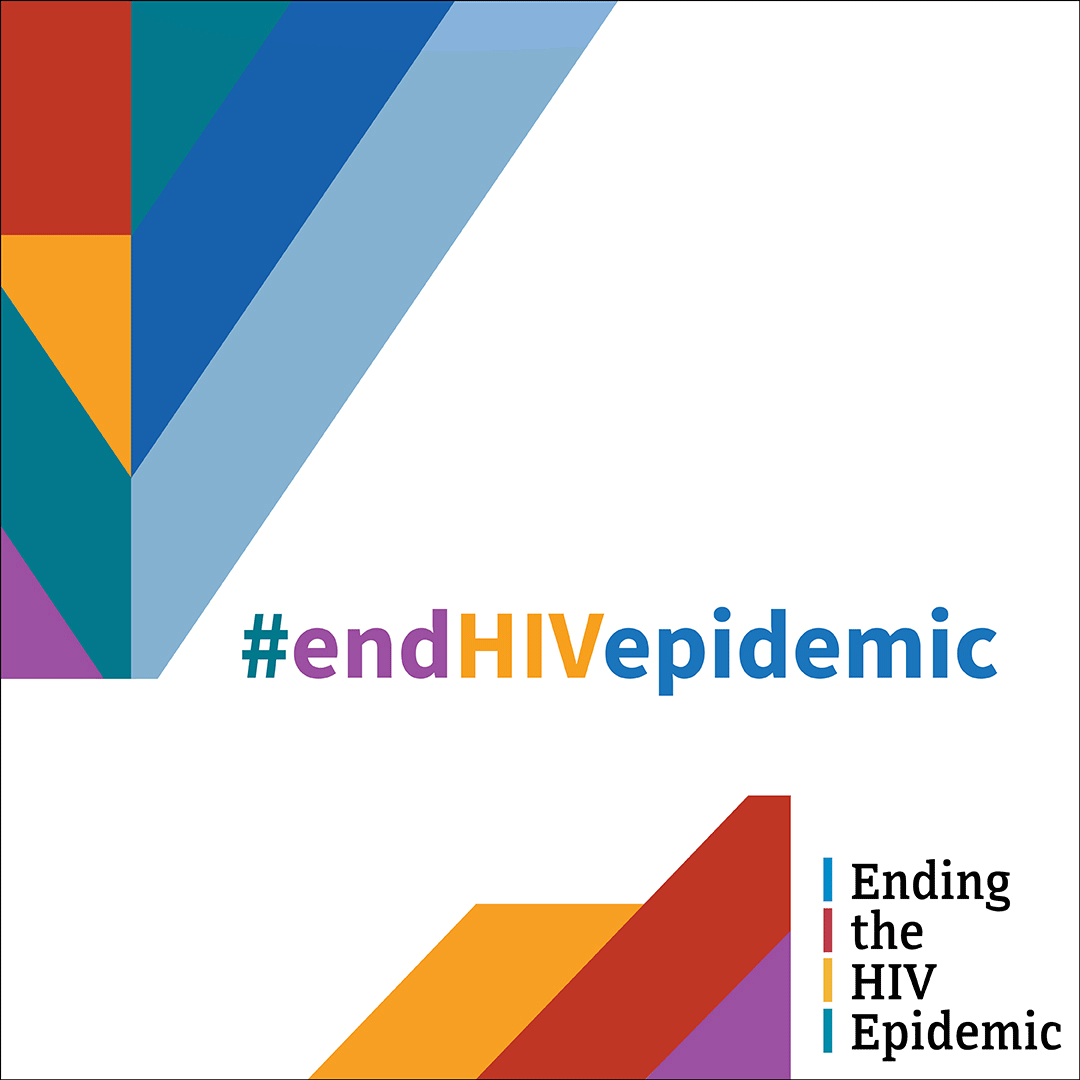Advancing the Ending the HIV Epidemic Initiative with a $109 Million Investment in 57 Areas of the United States
Topics
Cross-posted from Centers for Disease Control and Prevention

[From July 31, 2020]
Dear Colleague,
Today, the Centers for Disease Control and Prevention (CDC) awarded $109 million to 32 state and local health departments that represent the 57 jurisdictions across the United States prioritized in the federal initiative Ending the HIV Epidemic: A Plan for America (EHE). These jurisdictions include 48 counties, Washington, D.C., and San Juan, Puerto Rico, which account for more than half of new HIV diagnoses in the United States and nearly two-thirds of new diagnoses among African American and Hispanic/Latino communities, and seven states with a substantial rural burden of HIV.
The funding was awarded through CDC’s “Integrated HIV Program for Health Departments to Support Ending the HIV Epidemic in the United States” cooperative agreement (CDC-RFA-PS20-2010) and is part of year 1 efforts to begin implementation of the EHE initiative. EHE is designed to build upon existing HIV prevention efforts supported by CDC’s flagship funding program for health departments. Through the awards, the hardest hit communities will be encouraged to implement innovative local strategies that advance HIV prevention and care. This funding will also enable recipients to meet many urgent HIV prevention needs of their communities amid the COVID-19 pandemic.
These new awards prioritize the four key pillars of the Ending the HIV Epidemic initiative:
- Diagnosing all people with HIV as early as possible
- Treating people with HIV rapidly and effectively
- Preventing new HIV transmissions
- Identifying and responding quickly to clusters and outbreaks of HIV infections
Specific implementation strategies will be guided by tailored and comprehensive Ending the HIV Epidemic plans that each recipient is developing in collaboration with their local community members and other Department of Health and Human Services (HHS) agencies. These plans will ensure that high-impact prevention strategies are effectively delivered in the ways that will work best in each local community.
Each jurisdiction will develop specific plans for reducing disparities in HIV prevention, transmission and treatment that will be critical to end HIV in the United States by 2030.
Health department recipients will allocate at least 25% of their awards to CBOs, who are uniquely positioned to extend the reach of prevention efforts through deep experience working with communities of color and others who are disproportionately affected by HIV. The work of these organizations is critical to reduce HIV disparities, achieve health equity, and address HIV-related social determinants of health.
Of the total funding amount, $3 million will be awarded to seven communities to scale up quality HIV prevention services in STD clinics. STD clinics play a vital role in EHE and provide a critical avenue to reach populations at high risk for HIV who are not engaged in HIV prevention programs or other healthcare services. STD clinics serve a high proportion of racial/ethnic minorities, gay and bisexual men, and transgender people and have become a primary source of STD and HIV prevention services for people without regular access to care.
CDC will continue to partner with jurisdictions to provide guidance and technical assistance in identifying tailored, high-impact solutions that work best for the populations they serve. Areas that received funding to jumpstart Ending the HIV Epidemic activities in 2019 have already seen success with innovations such as training registered nurses to fill gaps in provider capacity and offer pre-exposure prophylaxis (PrEP) and supporting programs that deliver HIV and STD self-tests.
CDC understands that flexibility in outreach and service delivery will be key to continuing vital progress against HIV—especially as many areas simultaneously battle COVID-19. As health departments and CBOs in each community confront differing levels of HIV service disruptions resulting from the pandemic, CDC will work with recipients to adapt local HIV plans to address these challenges using creative solutions. These solutions could include:
- Expanding and utilizing telemedicine and telehealth to connect or re-connect people to pre-exposure prophylaxis (PrEP) or HIV treatment, or maintain PrEP or treatment adherence
- Providing FDA-approved rapid and mail-in HIV self-tests, along with follow-up care coordination
- Offering drive-through testing and mobile testing
- Mobilizing community healthcare workers to provide critical HIV prevention services to people who do not regularly access the healthcare system
This is an unprecedented time in public health. Critical scientific advances in HIV prevention, diagnosis, and treatment have prepared us to do what was once unthinkable: end this epidemic. We are encouraged by the inspiring stories we have heard from our public health partners all over the country—stories of innovation, creative thinking, and collective action. We hope that this is just the beginning of increased investment needed to achieve the goals of EHE, as the President has requested an additional $231M in FY 2021 to allow us to further accelerate ending the epidemic.
We recognize that our work to prevent HIV is exponentially harder in light of the impact of COVID-19 on the public health workforce and on the communities we serve. CDC is determined to provide the assistance and flexibility communities will need as they embark on this new initiative. The challenges before us are great, but our resolve to move forward and work together is greater.
Thank you for your continued contributions and resilience as we work together to end the HIV epidemic.
Sincerely,
/Eugene McCray/
Eugene McCray, MD
Director
Division of HIV/AIDS Prevention
National Center for HIV/AIDS, Viral Hepatitis, STD, and TB Prevention
Centers for Disease Control and Prevention
www.cdc.gov/hiv
/Gail Bolan/
Gail Bolan, MD
Director
Division of STD Prevention
National Center for HIV/AIDS, Viral Hepatitis, STD, and TB Prevention
Centers for Disease Control and Prevention
www.cdc.gov/std
/Jonathan Mermin/
Jonathan H. Mermin, M.D., MPH
Rear Admiral and Assistant Surgeon General, USPHS
Director
National Center for HIV/AIDS, Viral Hepatitis, STD, and TB Prevention
Centers for Disease Control and Prevention
www.cdc.gov/nchhstp